London Natural History Museum Scavenger Hunt Deck
2011 – (See Cards | Deck Info | Download)…
The Natural History Museum, London Deck contains SPECIES cards of organisms that can be found on display at the museum. Note that this also includes some organisms represented as art (such as those on the ceiling of the Central Hall), as well as live specimens found in the garden. There is also one card that can only be found at NHM’s sister museum, the Natural History Museum at Tring. Also included in the deck are some EVENT cards that are depicted in their exhibits. These cards were highlighted in the Museum’s magazine (Second Nature – see article)

Fire Salamander
Salamandra salamandra

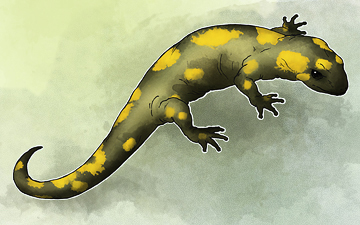
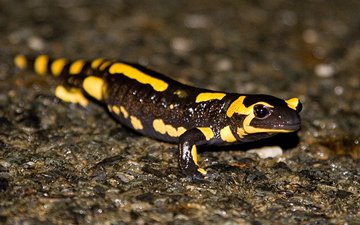
9 POINTS
Play: Salamandra salamandra has a MOVE of 2.
Fact: Salamandra salamandra is able to secrete toxins through its skin.

Boa Constrictor
Boa constrictor


8 POINTS
Play: Boa constrictor has a MOVE of 2.
Fact: Boa constrictor can grow up to 4m (13ft) long.

Kakapo
Strigops habroptila

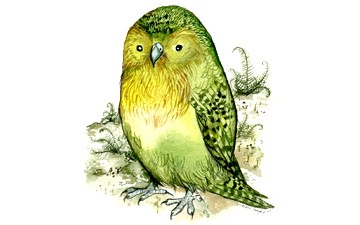
6 POINTS
Play: Strigops habroptila has a MOVE of 1.
Fact: Kakapo are critically endangered; as of February 2010, only 123 living individuals are known.

Cock-eyed Squid
Histioteuthis sp.

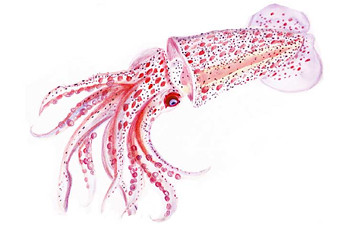

9 POINTS
Play: Histioteuthis has a MOVE of 2.
Fact: Histioteuthis lives at depths of around 1500 ft (500-1000 meters).

Habitat Loss
Event Card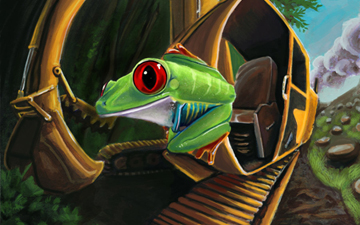
Play: Place this card on any SPECIES card.
Effect: The SPECIES card must be removed immediately. You may leave this card on the table to show that this location cannot be used anymore in the game.

Tsunami
Event Card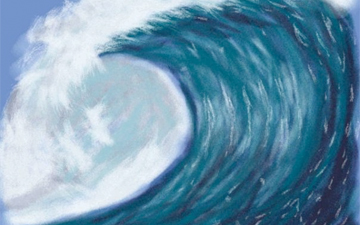
Play: Place on 1 SPECIES card, that is neighbouring a card with OCEAN terrain.
Effect: Convert that spot and one additional adjacent spot to OCEAN terrain for 1 turn. Discard affected SPECIES that are incompatible. Note that species capable of FLIGHT are exempt.